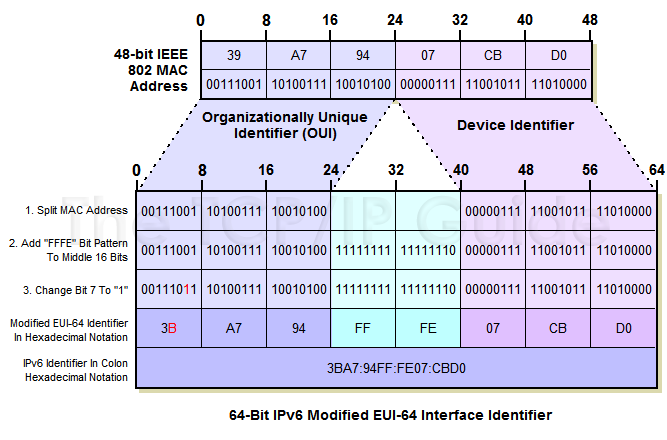 |
|
Please Whitelist This Site?
I know everyone hates ads. But please understand that I am providing premium content for free that takes hundreds of hours of time to research and write. I don't want to go to a pay-only model like some sites, but when more and more people block ads, I end up working for free. And I have a family to support, just like you. :)
If you like The TCP/IP Guide, please consider the download version. It's priced very economically and you can read all of it in a convenient format without ads.
If you want to use this site for free, I'd be grateful if you could add the site to the whitelist for Adblock. To do so, just open the Adblock menu and select "Disable on tcpipguide.com". Or go to the Tools menu and select "Adblock Plus Preferences...". Then click "Add Filter..." at the bottom, and add this string: "@@||tcpipguide.com^$document". Then just click OK.
Thanks for your understanding!
Sincerely, Charles Kozierok
Author and Publisher, The TCP/IP Guide
|
|
|

Custom Search
|
|
IPv6 Interface Identifiers and Physical Address Mapping
(Page 2 of 2)
Converting 48-Bit MAC Addresses to IPv6 Modified EUI-64 Identifiers
Of course, most devices still use the older 48-bit MAC address format. These can be converted to EUI-64 and then to modified EUI-64 form for creating an IPv6 interface ID. The process is as follows:
- We take the 24-bit OUI portion, the
left-most 24 bits of the Ethernet address, and put them into the left-most
24 bits of the interface ID. We take the 24-bit local portion (the right-most
24 bits of the Ethernet address) and put it into the right-most 24 bits
of the interface ID.
- In the remaining 16 bits in the middle
of the interface ID we put the value “11111111 11111110” (“FFFE”
in hexadecimal).
- The address is now in EUI-64 form. We change the “universal/local” bit (bit 7 from the left) from a zero to a one. This gives us the modified EUI-64 interface ID.
|
Let's take as an example the Ethernet address of 39-A7-94-07-CB-D0 (illustrated in Figure 98):
|
- We take “39-A7-94”, the first
24 bits of the identifier, and put it into the first (leftmost) 24 bits
of the address. The local portion of “07-CB-D0” becomes the
last 24 bits of the identifier.
- The middle 16 bits are given the value
“FF-FE”.
- We change the seventh bit from zero to one, which changes the first octet from “39” to “3B”.
The identifier thus becomes “3B-A7-94-FF-FE-07-CB-D0”, or in IPv6 colon hexadecimal notation, 3BA7:94FF:FE07:CBD0. The first 64 bits of the device's address are supplied using the global unicast address format.
The only drawback of this technique is that if the physical hardware changes, so does the IPv6 address.
|
| |||||||||||||||||||
Home - Table Of Contents - Contact Us
The TCP/IP Guide (http://www.TCPIPGuide.com)
Version 3.0 - Version Date: September 20, 2005
© Copyright 2001-2005 Charles M. Kozierok. All Rights Reserved.
Not responsible for any loss resulting from the use of this site.







 Key Concept: The last 64 bits of IPv6 unicast addresses are used for interface identifiers, which are created in a special format called modified EUI-64. A simple process can be used to determine the interface identifier from the 48-bit MAC address of a device like an Ethernet network interface card. This can then be combined with a network prefix (routing prefix and subnet ID) to determine a corresponding IPv6 address for the device.
Key Concept: The last 64 bits of IPv6 unicast addresses are used for interface identifiers, which are created in a special format called modified EUI-64. A simple process can be used to determine the interface identifier from the 48-bit MAC address of a device like an Ethernet network interface card. This can then be combined with a network prefix (routing prefix and subnet ID) to determine a corresponding IPv6 address for the device.